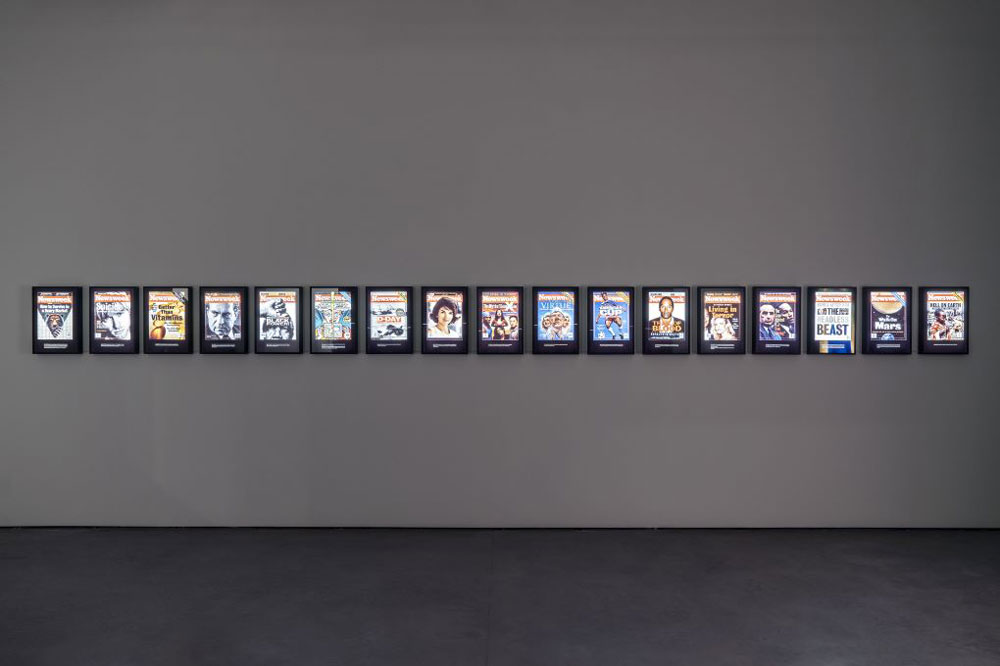Alfredo Jaar: 25 Years Later | Goodman Gallery
An example, for this viewer at least, of unintended consequences between an artwork’s intention and its effect. Alfredo Jaar’s exhibition is a sober document of one of the most horrific events of the last century: the sectarian violence that swept Rwanda in 1994, leaving over a million dead. Thes events unfolded, he argues, without the blanket coverage from an outraged global media they warranted.
To illustrate his point, he’s lined up a row of front covers for Newsweek, which 25 years ago was one of the most-read news weeklies in the world. (These days, laid waste by readers’ mass switch to digital platforms, the magazine has a fraction of the reach.) Jaar’s political point is simple: it took six months from the beginning of the massacres for Rwanda to make the front page - which he views as a scandalous oversight from chauvinistic profit-chasers.

Now for the unintended consequences. Even if you don’t take issue with Jaar’s tut-tutting about Newsweek’s editorial practices - and, really, is any US magazine that relies even partly on market forces supposed to ignore the fact that its audience are more likely to read home-grown news? - the set of covers provide a totally fascinating time capsule for the viewer in 2019.
What a lot of news there was in early 1994! The timescale on show narrowly misses the Tonya and Nancy figure skating drama, but it does encompass a tetralogy of iconic deaths: Richard Nixon, Jackie O and Kurt Cobain for the home side, with Kim Il Sung providing some global flavour. Then towards the summer came an extraordinary mass media extravaganza, with three covers in a row covering the OJ Simpson case.
All the while, Rwandans were dying. In terms of pure body count, the stories that made the cover are less important. But importance does not equal relevance. Consider that Jackie O got the full Hollywood biopic treatment recently. That Nirvana are still reissuing albums. And what about OJ? I’ve listened to two podcasts focussing on the case, supplemented by an incredible eight-part ESPN documentary and the glorious Ryan Murphy miniseries, just to top up. All of which came out in the past couple of years, two decades after the original not guilty verdict.
Jaar the scold does not concede that these stories remain interesting to the general public. Newsweek followed the market, overlooking the vast tragedy unfolding an ocean away. We visitors, contemporary viewers of the cover lineup, may tut and roll our eyes at the magazine’s morally skewed editorial principles. But then we get home get stuck into another episode of The People vs OJ Simpson, having listened to a Simpson-themed podcast on the way.
As so often, the political message behind this art show is depressingly basic and hectoring. I suppose we can at least thank Jaar for sparing us an unoriginal lecture, beloved of fellow rich artists, on why consumerism is a bad thing.
Alfredo Jaar: 25 Years Later is at Goodman Gallery (London). November 14 2019 - January 11 2020